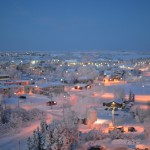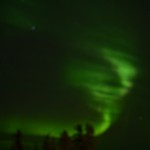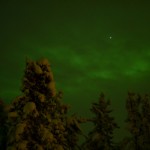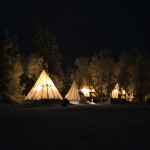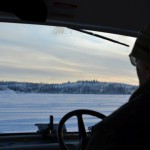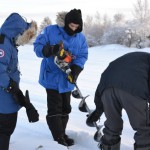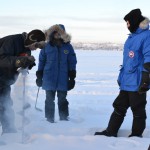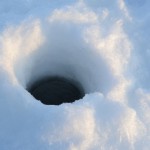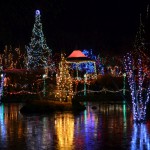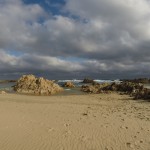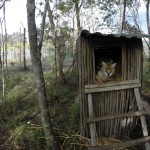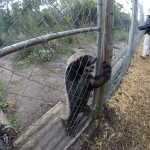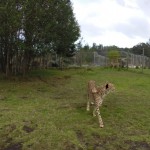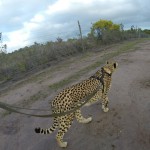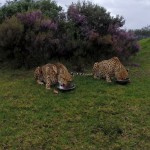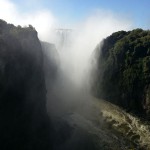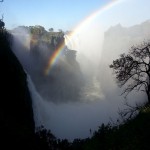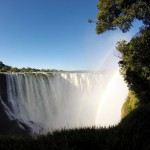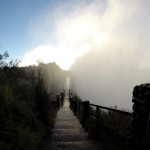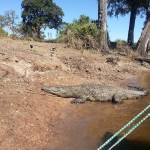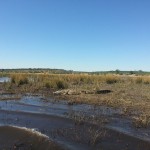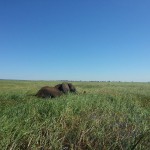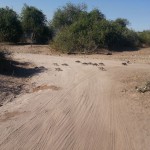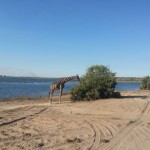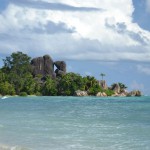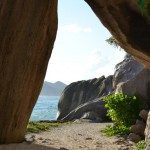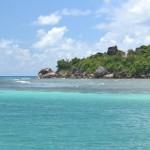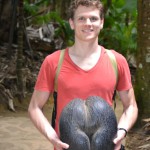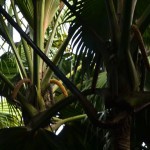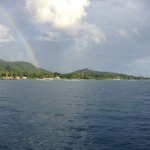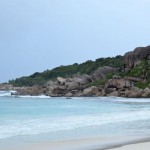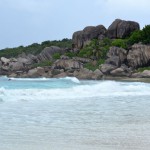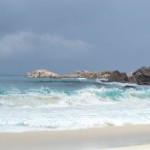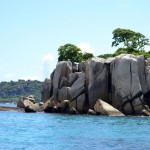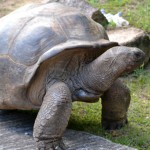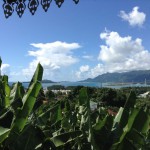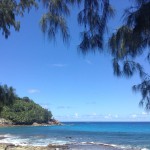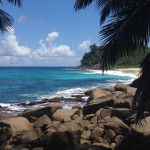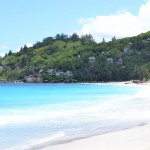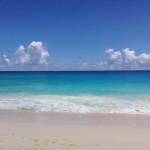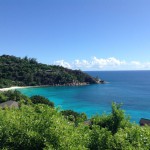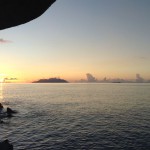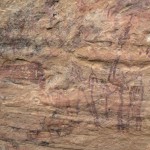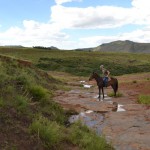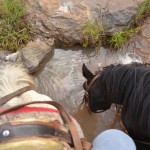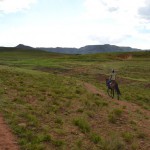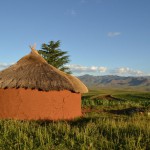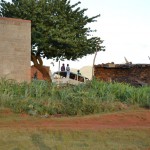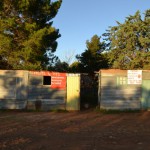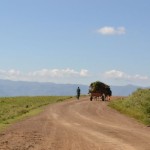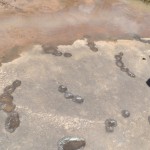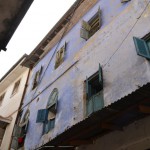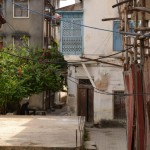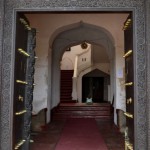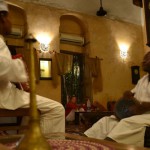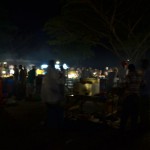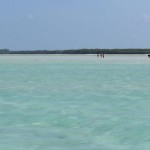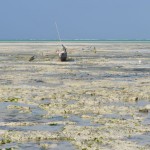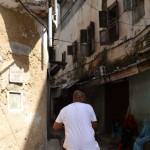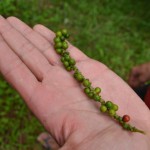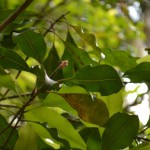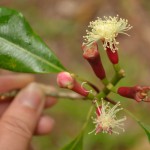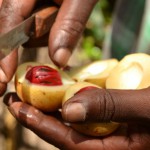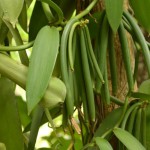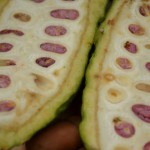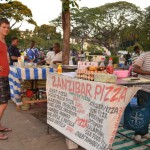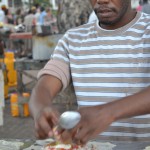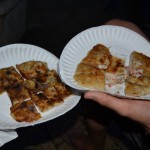The two weeks around Christmas and New Years we spend in Canada – mostly in Vancouver, with a three-night stint in Yellowknife in the North Western Territory.
J has extended family in Vancouver, and her mum and brothers also had come, so we spend a lot of time with family eating. Vancouver has some fantastic food, at a fraction of the price we would pay in San Francisco, so we indulged quite a bit: Chinese, Japanese, Indian, seafood, as well as some fast food specialties, like the “Japadog” which is a Japanese style hot dog – sounds strange but is actually very delicious. Other than eating, and of course celebrating Christmas with the family, we walked around the city a lot, including a visit to the Christmas lights display in the Van Dusen botanical garden, which is really very impressive – trees and plants around the whole garden are lit with lots and lots of lights, and there are also some themed sections like a gingerbread forest.
The highlight of the trip, however, was the visit to very cold (-30 degrees) Yellowknife. We had come mainly to see the northern lights, for which we had booked two nights of aurora viewing in the “aurora village” half an hour outside Yellowknife. The stay came with warm clothes (definitely required), transport etc. The village itself is not really a village, but rather a tourist operation with “tipis” that you can sit in and have a hot drink to warm you up between being outside and looking out for the aurora, a restaurant, gift shop, etc. On our first night, we were quite lucky since the aurora put on quite a spectacle shortly after midnight, with green, white and pink lights swirling and dancing across the whole sky. While we have some (long exposure) photos, it is quite difficult to fully imagine or describe all the detail and the movement of the lights in the sky – truly a unique and amazing experience! The next night, we were far less lucky – it was a bit cloudy so we could hardly see the lights, but after our experience the night before we were not disappointed at all.
In the daytime, we did some other winter activities: one day, we went ice fishing. Our guide, Greg, took us out on the frozen lake in his little ice fishing mobile, which looks like an oversized and closed snow mobile. It has four holes in the ground through which you can fish, after having drilled holes in the ice with a massive hand-held drill. We didn’t catch anything, but since Greg operated a camera in one of the four holes, we could at least see a few fish below the ice, but they were apparently not hungry since they weren’t interested in our food. At least, the evening of that day we went to eat some fish – at Bullocks, which is a local joint that offers fish and chips that are expensive, but also extremely extremely delicious.
Another day, we went snow mobiling one the lake, which was a lot of fun – a bit like riding a scooter, but across an endless snow-covered white desert. The lake is so solidly frozen that for multiple months each winter they operate an official highway on it. In the afternoon, we went dog sledding – two persons on each sled, pulled by four dogs. Our dogs, however, seemed to be the worst pick: the two in the front were constantly distracted, looking back or trying to lick up some snow, and a third dog refused to run at all, sitting down again and again until the guides took him away. Only when the guides gave us one of the other sled’s dogs did we pick up some speed, but we still were the last ones to finish the course.
The cold in Yellowknife was really quite something. It has been a while since I have experienced cold winters in Germany, but -30 degrees is really a different world even to the -20 centigrade it sometimes reached in Germany. At that low temperature, every exposed part of skin hurts, and just from breathing, your nostrils start freezing – we were definitely glad that we had proper rental clothes provided by the various companies organizing the activities we took part in!
Some pictures follow.
- Yellowknife
- Aurora
- Aurora
- Aurora Village
- Ice Fishing Vehicle
- Ice Fishing
- Ice Fishing
- Ice Fishing
- Ice Fishing
- Fish on the Screen
- Christmas Lights at Van Dusen
